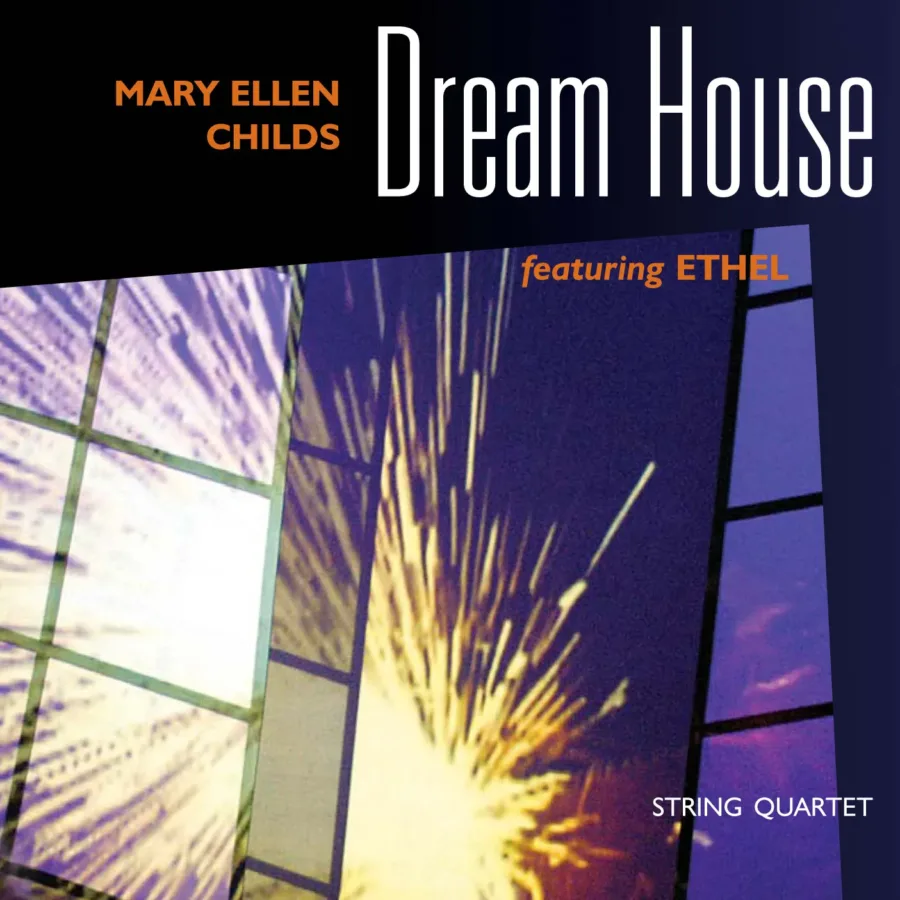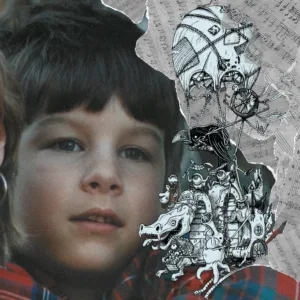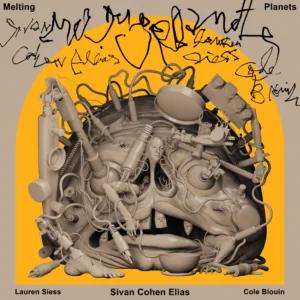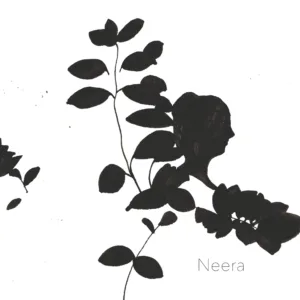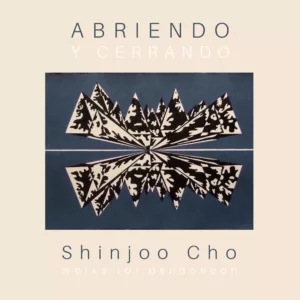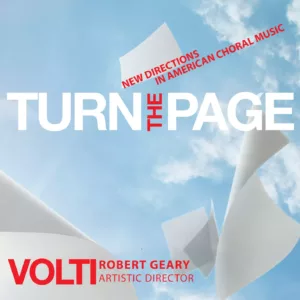TOKAFI
Sometimes it takes a powerful effort to understand the wisdom in common phrases: Mary Ellen Childs, for one, found out about the relationship between life and decay while completely renovating her house. The simple theoretical mnemonic that deconstruction is a prerequisit for construction and that everything will die down and transform eventually became a vivid experience while bending over work images, listening to the noises of hammers and drills and observing the immediate changes in the most personal of environments. All of these sentiments have found their way to “Dream House”, originally a combination of video images and live performance for string quartet. Even though the visual aspect is an integral part of the concept underlining Child’s meditation, one can safely claim that it works just as well on CD. On the one hand, part of the medial complexity has been preserved by the inclusion of thematically related sound montages courtesy of Christopher Cunningham, blending in seemlessly with the instrumental performance of contemporary music specialists Ethel. Especially the blustering drone roars and crashing metal tectonics underneath the repeated string sighs in “Destruction” lift the music to a new level of tragedy, majesty and sensory responsiveness. Secondly, the compositions carry enough of the message to get by on their own. In the first third of the album, tracks start with full flow, only to disintegrate through decreases in volume, stretching of cycles, blending out of melodic lines, slowing-down-effects and gradual submission by the intensifying field recordings. In the middle section, the string arrangements either sublimate into sustained harmonies, irrecognisable electronic pastiches or float off into the upper register (as on the aptly titled “Very High”). Towards the end, Childs then constructs new forms from the ashes, rising like a friendly phoenix. Here, the loops and spiraling sensations are bathed in warm tonal colours and in smooth and unagitated discourse. Even though she doesn’t completely eschew the metaphysical consequences of her concept, “Dream House” is very much grounded and relates to tangible phenomena. Again and again, Ethel pluck their instruments like banjos, bend them into tortured voices, make them sound like iron wires being pulled in asthmatic rhythms while Cunningham’s tapings always retain their concrete character, refusing to become metaphorical. All of this implies that the record not only can, but probably should be seen as a wild emotional ride, which hits the heart before the brain. Childs is not shying away from philosophical exchanges, but she wants to share the immediacy and impact of the events which induced her to write the piece in the first place. She certainly has a point. After all, her music is not just meant to be a simple theoretical mnemonic, but a personal study of the mechanisms and psychological implications of destruction.
by Tobias Fischer
